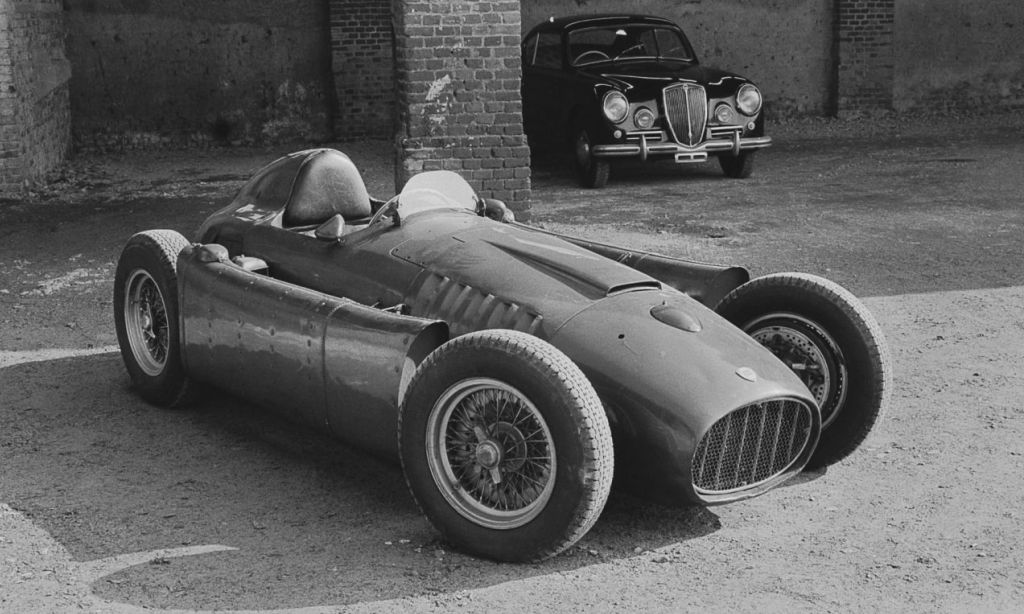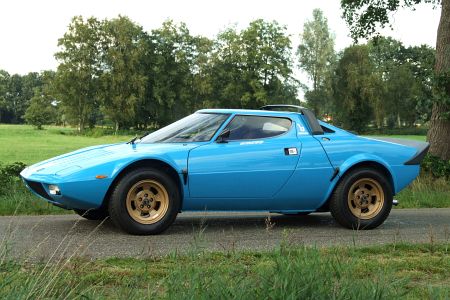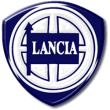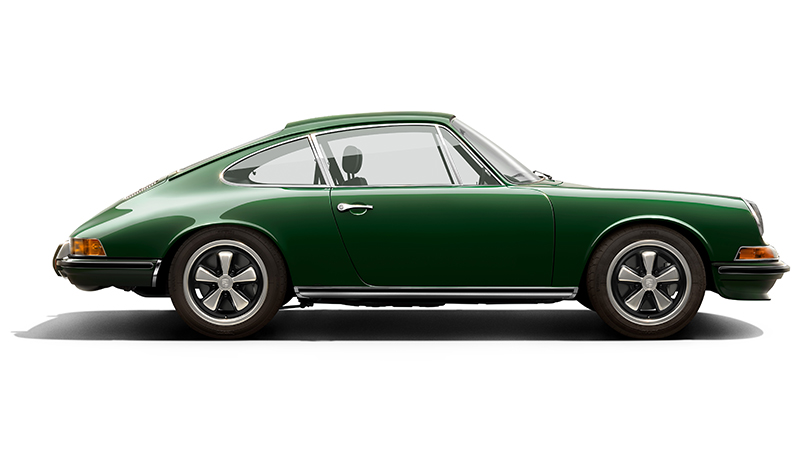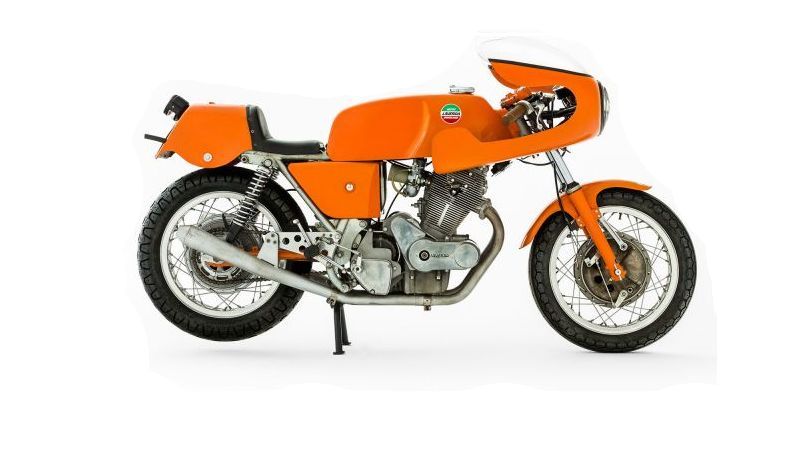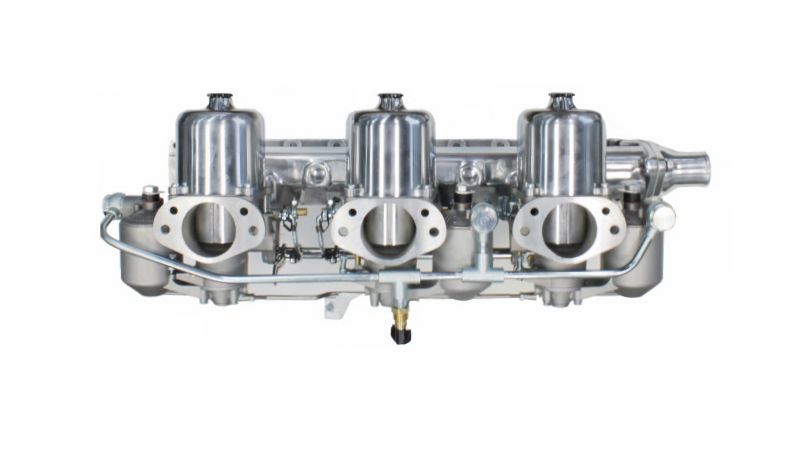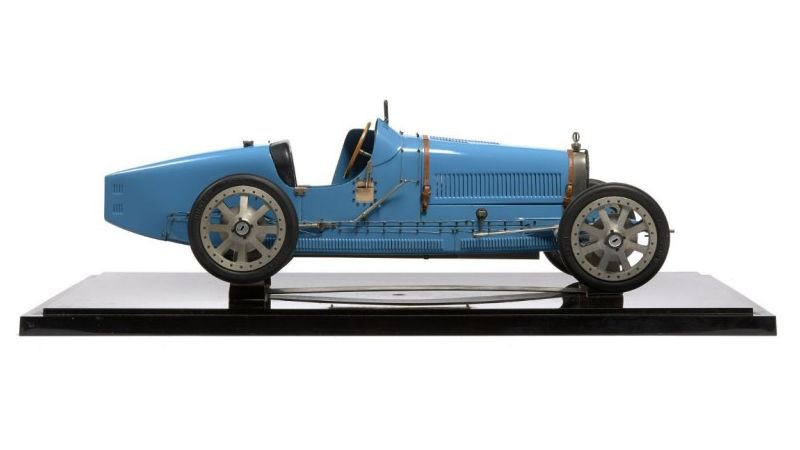Lancia Motor Cars
example Lancia successfully Sold
Stabilimento Lancia
Wealthy soup manufacturer's son Vincenzo Lancia worked and raced for Fiat before founding his own factory in Turin.
His first production model, the 2543cc Alpha, appeared in 1907, joined in 1908 by the 3815cc DiAlfa, of which only 23 were made.
Lancia ran through the Greek alphabet with the 3117cc Beta in 1909, followed by the similar Gamma in 1910 and the 4082cc Delta introduced in 1911.
The 1912 Eta, also of 4082cc, was the first Lancia with electric lighting. The 4939cc Theta of 1914 was said to be the first European car with standardized electric lighting and starting.
A development, the Kappa, with detachable cylinder head, was Lancia's first post-war model, a narrow-angle V-12 with monobloc ohc engine shown in 1919 failing to reach production.
The Kappa was followed by the DiKappa and by the ohc V-8 TriKappa, but these were only a prelude to the classic Lambda, which made its public debut in 1922.
This had a narrow-angle V-4 engine of 2124cc, sliding-pillar ifs and integral body-chassis construction. In 1926, the Seventh Series Lambda acquired a 2370cc power unit, enlarged to 2570cc on the Eighth Series of 1928-29.
At the end of 1929, Lancia introduced the more conventional DiLambda, with a 3960cc V-8, and in 1931 replaced the Lambda with the 1925cc ohc V-4 Artena and the 2605cc V-8 Astura (later models were of 2972cc).
Unit construction reappeared with the 1196cc Augusta which proved to have outstanding roadholding; and led to Vincenzo Lancia's last classic car, the pillarless Aprilia, introduced just before his death in 1937. A smaller development, the 1091cc Ardea, appeared a little while later.
The Aprilia was built until 1950, when the Jano-designed Aurelia was announced, initially with a 1754cc V-6 engine, later enlarged to 1991 cc; 2261cc and 2451cc. The Aurelia GT was also the basis for the sports-racing D23 and D24 models, with 2693cc and 2983cc dohc power units, some supercharged.
In 1953 Gianni Lancia designed the 1091cc Appia V-4, but a couple of years later financial difficulties forced him to sell his company to Fiat.
The Flaminia, powered by a development of the 2458cc Aurelia GT engine, succeeded the Aurelia in 1956, but a real sensation was caused in 1961 by the front wheel drive Flavia, designed by Professor Fossia; it had a flat-four engine of 1498cc, increased to 1798cc three years later.
The Fulvia, another front wheel drive model, succeeded the Appia as the smallest car in the Lancia range in 1964; by the end of the decade it was available with 1216cc and 1298cc engines.
The Beta, first announced in 1972, was available in 1979 with ohc four-cylinder engines of 1297cc; 1585cc and 1995cc. It was sold alongside the 1999cc and 2484cc Gamma, which had flat-four dohc power units.
The Stratos, a limited-production sporting model, had a mid-mounted dohc V-6 developing 190 bhp, and in 1979 won the Monte Carlo Rally for the fifth time.
We are looking for the following cars. If you do have any of the below listed vehicles - and you are ready to sell - please Contact Us.
| Appia |
|---|
| GT |
| GTE Zagato |
| Aurelia |
| GT |
| B24 Spider America |
| Delta |
| HF Integrale |
| S4 |
| Flaminia |
| GT |
| GTL |
| Sport |
| Supersport Zagato |
| Fulvia |
| Rallye |
| HF |
| Fanalone |
| Sport Zagato |
| Other |
| Hyena |
| Stratos |
| Thema 8.32 Ferrari |
We buy, sell, broker, locate, consign and appraise exceptional classic, sports and collector Lancias'
Contact us when you are serious about buying a fine Lancia Motor Car or to arrange a free and confidential valuation with a view to selling.
